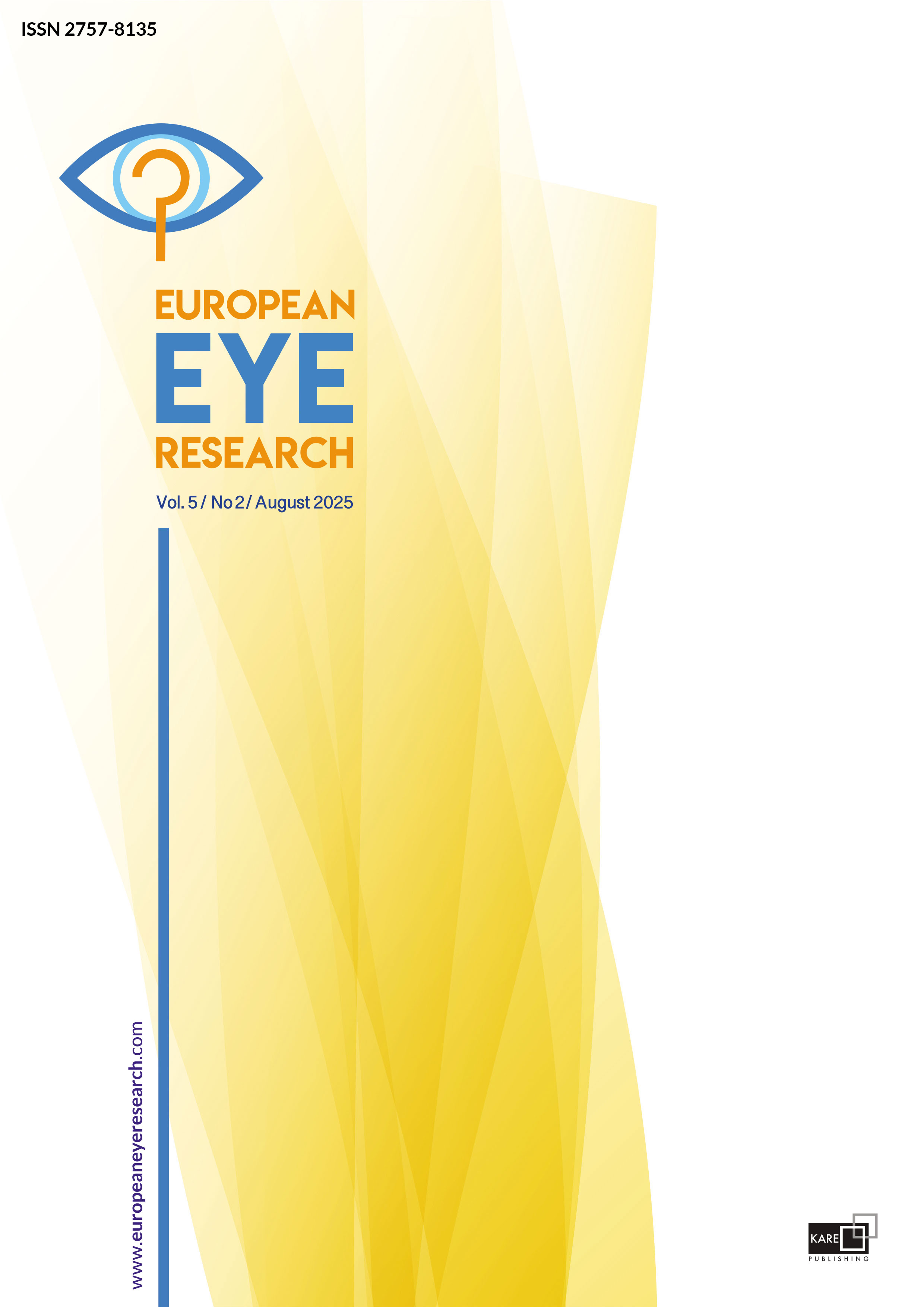

Pathology results and malignancy rates in eyelid mass excisions with benign clinical preliminary diagnosis
Ozgur Cakici, Omer Faruk Yilmaz, Serap KaracaDepartment of Ophthalmology, Goztepe Prof. Dr. Suleyman Yalcin City Hospital, Istanbul, TürkiyePURPOSE: The purpose of the study was to evaluate the pathological outcomes and malignancy rates of eyelid masses that clinically appear benign.
METHODS: In this study, the pathology results of 122 patients (49 males, 73 females) who underwent simple excisional mass excision at the district state hospital Hendek/Sakarya between 2016 and 2020 were retrospectively examined. The patients’ ages, the localization and number of masses, and histopathological results were recorded. Patients with large, irregularly bordered masses requiring eyelid reconstruction and suspected to be malignant were referred to specialized units without undergoing surgery at the clinic.
RESULTS: Mean age of 122 patients (49 males, 73 females) aged 12–88 was 52.37±18.34 years. A statistically significant relationship was found between age and pathology results (p=0.005). No statistically significant relationship was found between gender and pathology results (p=0.551). In this study, a total of 113 (92.6%) benign tumors were identified, including 21 xanthelasmas, 20 dermal nevi, 17 squamous cell papillomas, 14 seborrheic keratoses, 10 chalazions, 9 fibroepithelial polyps, 6 verrucas, 5 epidermal cysts, 2 eccrine poromas, 8 warts, and 1 capillary hemangioma. In addition, 2 (1.63%) premalignant tumors were detected: One case of dysplasia and one carcinoma in situ. A total of 7 (5.74%) malignant tumors were identified, comprising 5 basal cell carcinomas, 1 keratoacanthoma, and 1 squamous cell carcinoma.
CONCLUSION: Many eyelid lesions that are clinically assessed as benign and operated on may turn out to be malignant. In our study, it was seen that among the masses that were initially diagnosed as benign and underwent simple excision, premalignant ones were detected in younger age groups, and malignant ones were detected in older age groups. Therefore, any suspicious lesion should be sent for pathological examination.
Manuscript Language: English



